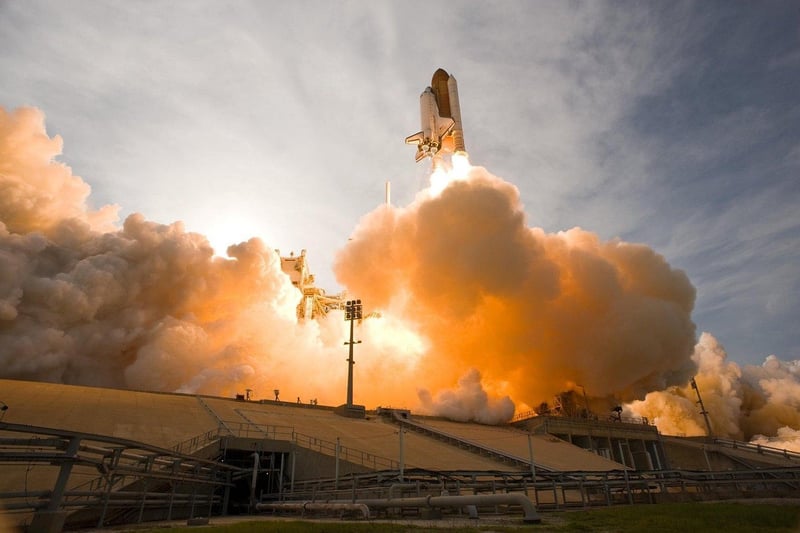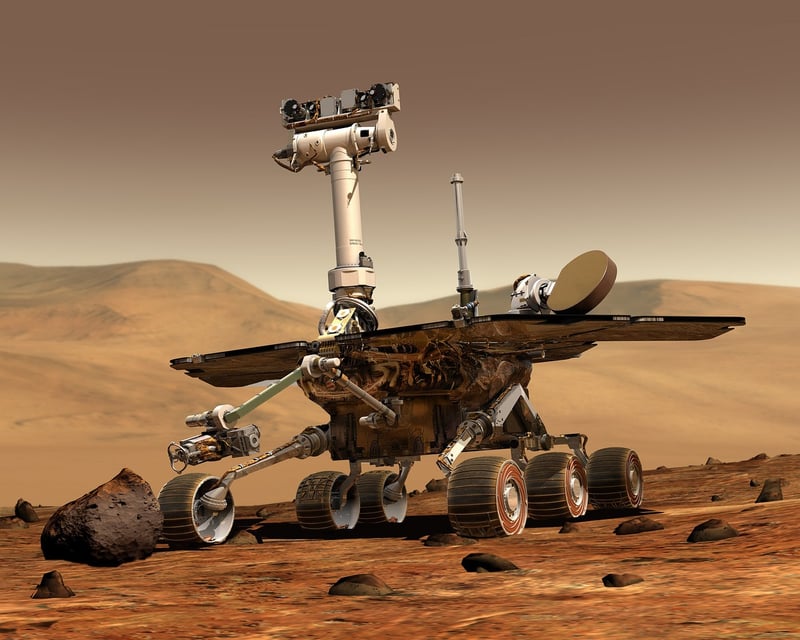Satellite Systems
The Evolution of Space and Satellite Systems
Space and satellite systems have come a long way since the first satellite, Sputnik, was launched in 1957. Over the decades, significant advancements and innovations have revolutionized the field, making space exploration and satellite technology more accessible and efficient than ever before.
1. Miniaturization of Satellites
One of the key innovations in recent years is the miniaturization of satellites. CubeSats, small satellites that can be as small as a shoebox, have opened up new possibilities for space exploration and research. These miniaturized satellites are cost-effective and can be deployed in large numbers for various purposes, including Earth observation, communications, and scientific research.

2. Reusable Rocket Technology
Another game-changing innovation is the development of reusable rocket technology. Companies like SpaceX have successfully landed and reused rocket boosters multiple times, significantly reducing the cost of space launches. This advancement has made space travel more sustainable and economically viable.

3. Advancements in Satellite Imaging
Advancements in satellite imaging technology have greatly improved our ability to observe and monitor Earth from space. High-resolution imaging satellites can capture detailed images of the Earth's surface, enabling applications such as mapping, disaster response, urban planning, and environmental monitoring.

4. Interplanetary Exploration
Space agencies and private companies are increasingly focused on interplanetary exploration, with missions to Mars, the Moon, and beyond. Advancements in propulsion systems, robotics, and autonomous navigation are enabling spacecraft to travel further into the solar system, expanding our understanding of the universe.

5. Satellite Constellations
Companies like SpaceX and OneWeb are deploying large constellations of satellites in low Earth orbit to provide global internet coverage. These satellite constellations have the potential to connect remote areas and bridge the digital divide, offering high-speed internet access to underserved populations around the world.

From miniaturized satellites to reusable rockets and advanced imaging technologies, the evolution of space and satellite systems continues to drive innovation and expand the possibilities of space exploration. With ongoing developments and collaborations, the future of space technology looks brighter than ever.
References: NASA, SpaceX, European Space Agency
